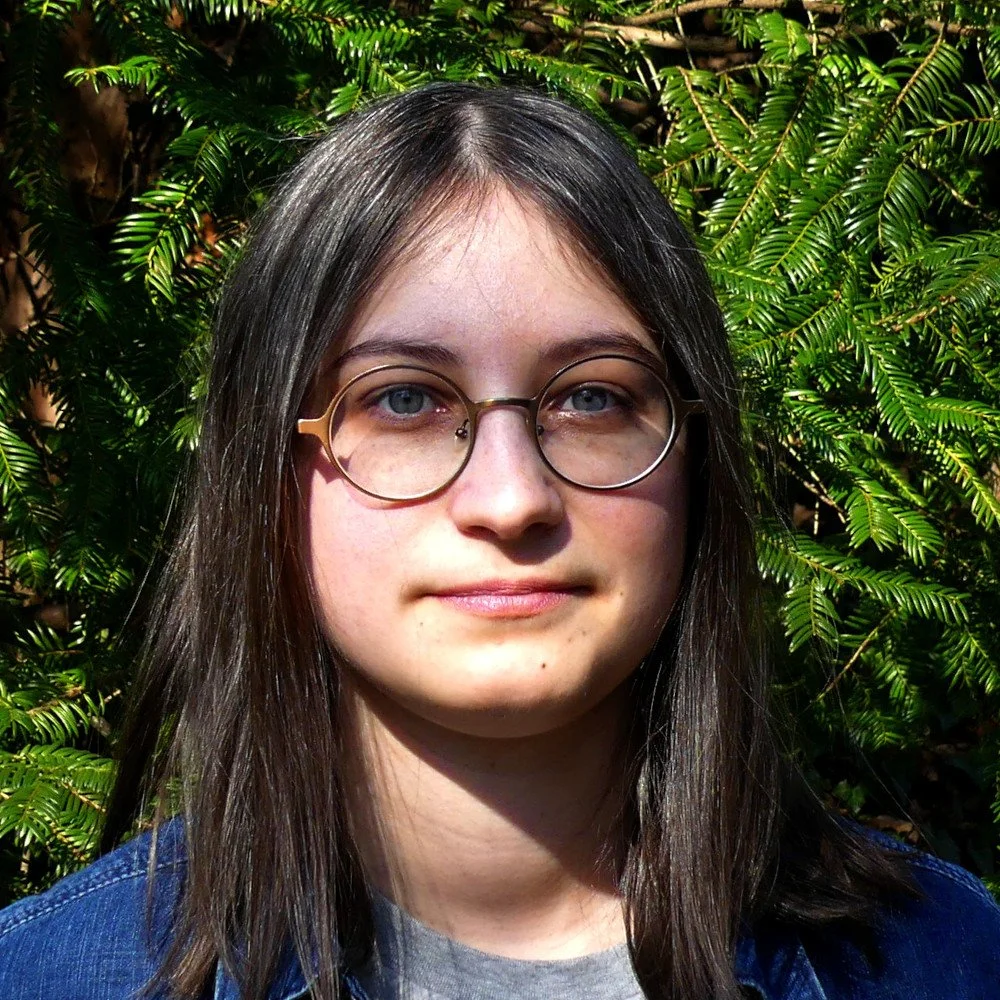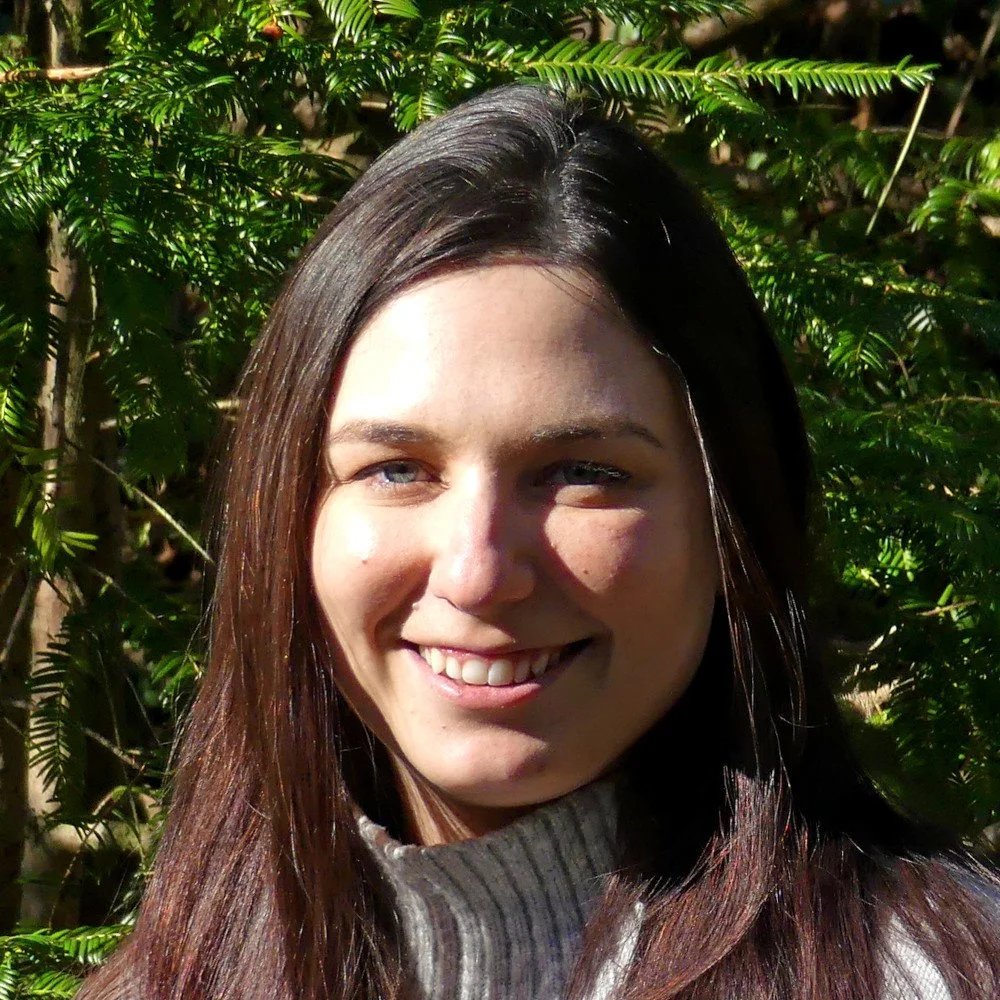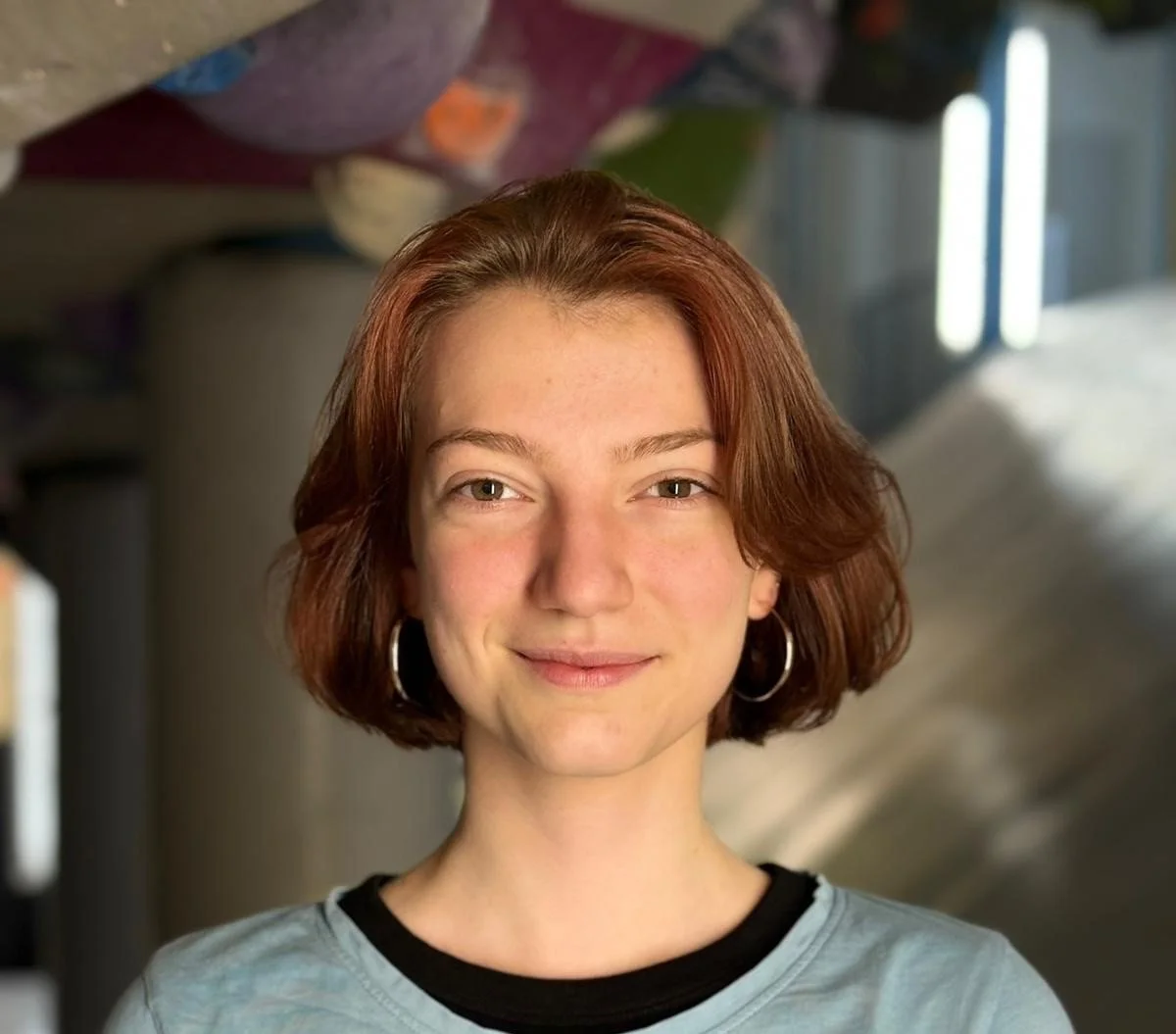
A Window into the Evolution of the Human Mind
Engeneering Interdependence
Our aim is to better understand the evolutionary origin of the human mind. Why was it exactly us, rather than any of the other great apes to evolve into a hyper-social cognitive niche?
We propose a process-oriented working model of human evolution to explain why humans excel in so-called big-C contexts (Cooperation, Communication, Cognition & Culture). Interdependence, the mandatory reliance on others for survival and reproduction, takes center stage in this model.
With ENGINE, we test this model in wild and captive marmosets and human children and adults. We investigate how challenges that only can be solved in a group changes interdependence and performance in big-C contexts.
People working on the ERC Project
Publications
Our newest research output; full-texts also available on Zora
-
To merge or not: The onto- and phylogenetic origin of co-representation. Miss, F., Santharuban, L., Willems, E.P., Burkart, J.M., 2024. PsyArXiv. https://doi.org/10.31234/osf.io/p7v4c
Dynamic vocal learning in adult marmoset monkeys. Phaniraj N., Wierucka K. & Burkart J. M. doi: 10.1101/2023.09.22.559020
-
Social interdependencies: the deep evolutionary roots of morality and normativity. Burkart, J. M., Brügger, R. & van Schaik, C. P. (in press). Biology and Philosophy.
Mechanisms of learning from social interactions: computational approaches for comparative research. (in press). Phaniraj, N., Brügger, R. K., Cerrito, P. & Burkart, J. M. Phil Trans B.
-
Cooperative breeding as a likely early catalyst of human evolution. Burkart, J. M., Cerrito, P., Natalucci, G. & van Schaik, C. P. (2025).Evolutionary Anthropology: Issues, News, and Reviews. https://doi.org/10.1002/evan.70016
An evolutionary perspective on altercentrism. Burkart, J. M. & Southgate, V. (2025). Neuroscience and Biobehavioral Reviews. https://doi.org/10.1016/j.neubiorev.2025.106280
The ontogeny of play in a highly cooperative monkey, the common marmoset. (2025), Godard, A. M., Burkart, J. M., Brügger, R. K. Animal Behaviour, doi: 10.1101/2024.05.28.595935
The power of touch: From survival to enduring, prosocial cooperation. Griesser, M., Bennet, N. C., Burkart, J. M. Hart, D. W., Uomini, N., & Warrington, M. H. (2025) Trends in Ecology and Evolution.https://doi.org/10.1016/j.tree.2024.11.017
-
Food sharing behavior in marmosets, but not squirrel monkeys, suggests sensitivity to immature skill (in press). Sehner, S., Willems, E. P., Baumeyer, A., Davis, L., van Schaik, C. P. & Burkart, J. M. Animal Behaviour doi: 10.21203/rs.3.rs-2498407/v1
Neurodevelopmental timing and socio-cognitive development in a prosocial cooperatively breeding primate (Callithrix jacchus) (2024). Science Advances. Cerrito, P., Gascon, E., Roberts, A. C., Sawiak, S., J. & Burkart, J. M. doi: 10.1101/2023.12.01.569587
Marmosets mutually compensate for differences in rhythms when coordinating vigilance. Phaniraj, N., Brügger, R. K. & Burkart, J. M. (accepted). Plos Computational Biology doi: 10.1101/2023.09.28.559895
-
Looking out for each other: synchronization and turn taking in common marmoset vigilance. Brügger, R. K., Willems, E. P. & Burkart, J. M. (2023). Animal Behaviour. doi: 10.1016/j.anbehav.2022.11.007
Convergent evolution of amygdala nuclei volumes in cooperatively breeding and domesticated species. Cerrito, P. & Burkart, J. M. (2023). Human Nature. 34, 501-511. doi: 10.1007/s12110-023-09461-3
Optimising source identification from marmoset vocalisations with hierarchical machine learning classifiers. Phaniraj, N., Wierucka, K., Zürcher, Y., & Burkart, J. M. (2023). The Royal Society Interface, 20 (207), 20230399. doi: 10.1101/2022.11.19.517179
Synchronization: When is it more than an epiphenomenon? A modelling approach. Burkart, J. M., Brügger, R. B., & Phaniraj, N. (2023) Commentary on The evolution of social timing by L. Verga et al. Physics of Life Reviews. doi: 10.1016/j.plrev.2023.10.009
Putting the cart before the horse? Expression before Gricean intentions. Burkart, J. M., Sehner, S., Brügger, R. K., Adriaense, J. & van Schaik, C. P. (2023). Commentary in Behavioral and Brain Sciences. doi: 10.1017/S0140525X2200084X
Is there a human fear paradox? A more thorough use of comparative data to test the fearful ape hypothesis. Burkart J.M. & de Oliveira Terceiro F. (2023). Commentary in Behavioral and Brain Sciences. doi: 10.1017/S0140525X22001844
-
Towards integrating joint action research: Neurobiological, developmental and evolutionary perspectives on corepresentation. Miss, F. M., Adriaense, J. E. C. & Burkart, J. M. (2022). Neuroscience and Biobehavioral Reviews. doi: 10.1016/j.neubiorev.2022.104924
A convergent interaction engine: Vocal communication among marmoset monkeys. Burkart, J. M., Adriaense, J., Brügger, R. K., Miss, F. M., Wierucka, K. & van Schaik, C. P. & (2022). Philosophical Transactions of the Royal Society B. doi: 10.1098/rstb.2021.0098
Theses
Ongoing and finished Thesis Projects related to the ERC
-
Winiger, S., (2024). Decoding the meaning and function of common marmoset food calls. University of Zürich. Supervisors: J. Burkart, S. Sehner & K. Wierucka
Kulkarni, V. (2024). Automated tracking of behavioural synchrony in cooperating marmosets. BS-MS Dual Degree Programme at IISER Pune. Supervisors: J. Burkart (UZH), R. Rajan (IISER Pune).
Stoilova, E. (2024). How experimentally induced interdependence shapes social bonds in common marmosets (Callithrix Jacchus). Supervisors: J. Burkart (UZH), C. Sinigaglia (University of Milano)
-
Konatsu, O. Communication and supporting physiological mechanisms in cooperating marmosets. Master of Arts University of Zürich. Supervisors: J. Burkart, R. Brügger, S. Townsend
Müller, A. Marmosets recruit group members to solve a cooperative task. MSc University of Zürich. Supervisors: J. Burkart, R. Brügger
Werner, S. The role of interpersonal physiological synchronizationand empathy in cooperative tasks. MSc University of Zürich. Supervisors: R. Brügger, J. Burkart
Osswald, E. Establishing a gold standard to measure social bond strength in Callithrix jacchus. MSc University of Zürich. Supervisors: J. Burkart, B. Laubi, R. Brügger
Benninger, M. Measuring interpersonal synchronicity from thermal imaging data during a dyadic cooperation task. BSc University of Zürich. Supervisors: J. Burkart, R. Brügger, S. Werner, O. Martin
Santharuban, L. Co-representation in children. MSc University of Zürich. Supervisors: J. Burkart, F. Miss.
This project has received funding from the European Research Council (ERC) under the European Union’s Horizon 2020 research and innovation programme (Grant agreement No. 101001295)













